Some Tupperware is microwave-safe and some are not.
Many people inadvertently put non-microwave-safe Tupperware in the microwave and experience deformation, melting of the lid, or the lid not opening. It’s a good idea to check the heat resistance temperature of the Tupperware and how to use it properly beforehand. If you use microwavable Tupperware, you can easily make short recipes and pasta, which is very convenient and recommended.
In this article, we will discuss how to use Tupperware correctly in the microwave oven, what to do when you have trouble, and how to use it. We will introduce how to use this Tupperware correctly in the microwave, what to do when you have a problem, and recommended Tupperware and recipes.
Can Tupperware be Microwaved with a Lid?
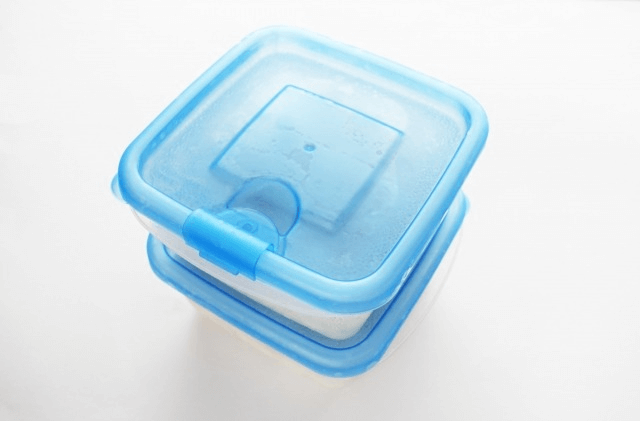
Some Tupperware can be microwaved directly, and some cannot.
Tupperware with a heat-resistant temperature and microwave-safe markings on the bottom, lids with air holes, and cooking Tupperware designed specifically for microwave use can be used. Some Tupperware can be deformed when used with the lid on, so it’s best to check beforehand.
Points to Note When Microwaving Whole Tupperware
When using Tupperware to heat or defrost food, there are a few things to keep in mind.
- Metal containers and the like cannot be used because they may spark. We recommend using microwave-safe plastic, heat-resistant glass, or magnetic products.
- Tupperware without ventilation holes may cause the contents to be pressurized, and when the lid is opened, the contents may spurt out and cause burns, so open the lid lightly.
- For thickened foods such as curry, the center of the food may be cold during heating, so it is best to stir the food during heating and then repeat the process in the microwave.
When you buy prepared foods or lunch boxes, you may wonder, “What is the maximum heating temperature for this? When you buy prepared foods or lunch boxes, you may be worried about the heating temperature. If you remember the marks, you can refer to them when you heat the food. There are two types of marks: polystyrene (PS) and polypropylene (PP). Let’s take a look at the points for each.
Polystyrene (PS)
Polystyrene (PS) has a heat resistance of around 70 to 90 degrees Celsius.
Polystyrene (PS) has a heat resistance of around 70 to 90 degrees Celsius and is useless in microwave ovens. Some Tupperware is safe to use in the microwave, so it is recommended to check.
Polypropylene (PP)
Polypropylene (PP) can be used in a microwave oven with a heat resistance of around 110-130 degrees Celsius.
However, foods with a lot of water, fried foods, or foods with a lot of oil may exceed the listed temperature when microwaved, so it’s best to consider the type of food before using it.
What is the Temperature Resistance of Tupperware That Can be Used in a Microwave Oven?
The heat resistance temperature of Tupperware that can be used in a microwave oven is around 120-140 degrees Celsius, and above 140 degrees Celsius is fine. There are some Tupperware that can be used in the microwave, but there are concerns about deformation. If you want to use the Tupperware for freezing, make sure it is microwavable. If you want to use Tupperware for freezing, it would be useful to check the cold resistance temperature as well.
Recommended Microwavable Tupperware
There are many microwave-safe Tupperware products from various manufacturers that are easy to use and highly recommended. Let’s take a look at each of them.
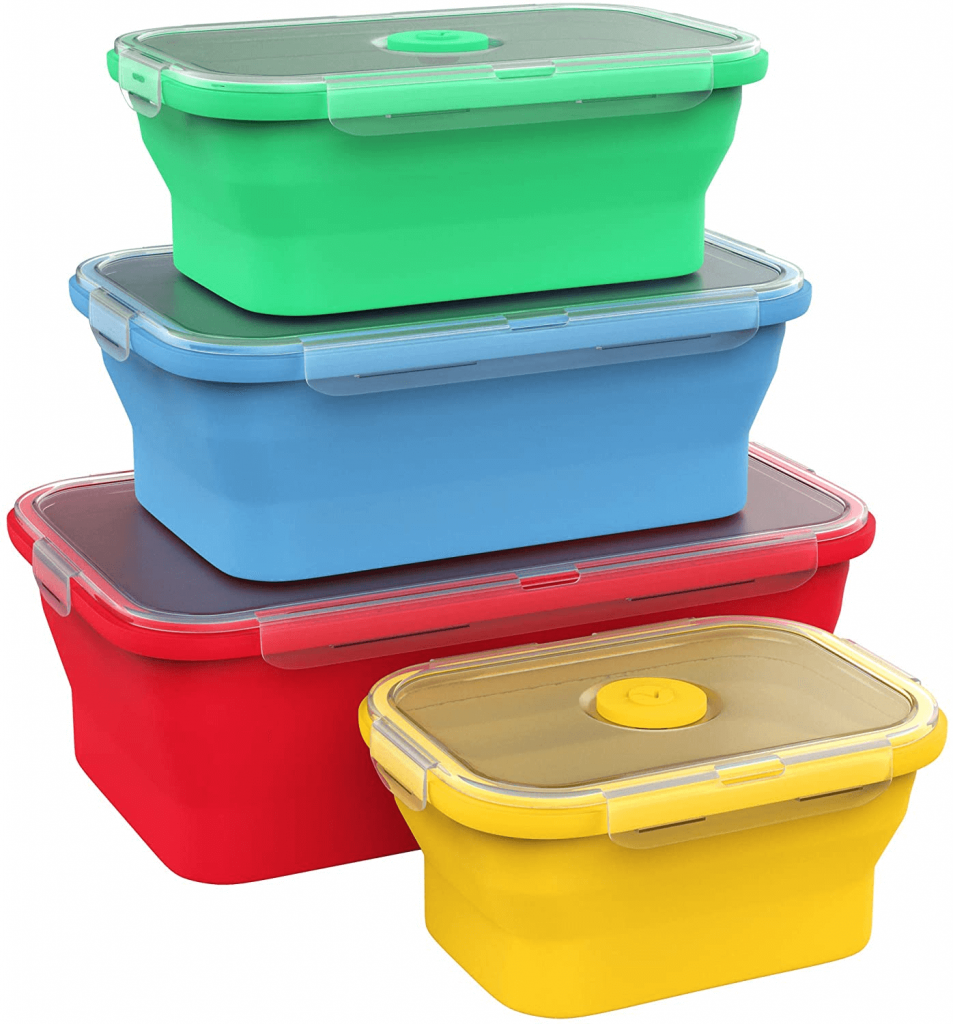
1. The Easy-to-clean Storage Containers
The “easy-to-clean storage containers” are also recommended for those who want to make cleanup after use easier. It has a lid and can be placed in the microwave oven. It’s also popular for use as a simple lunch box. Available in 270ml, 400ml, and 850ml capacities.
2. The standard Ziploc Container
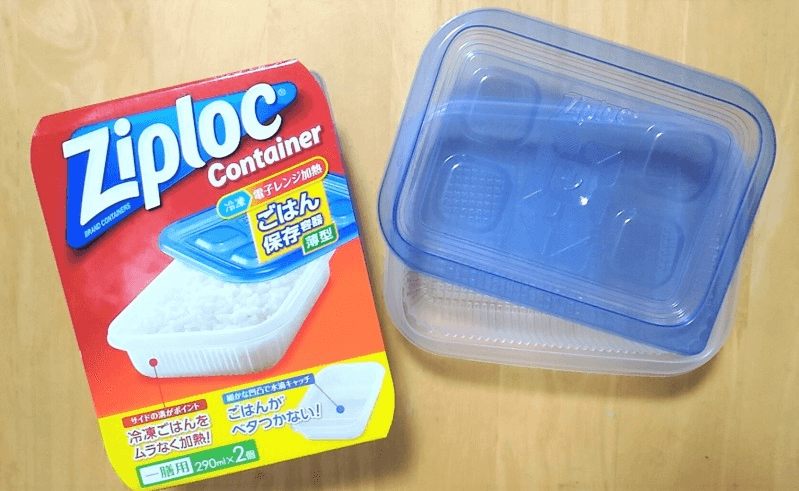
Many people use Ziploc “containers” as very convenient containers for storing, warming, and freezing food. There are many variations of different types, and if you have a lot of different sizes, you’ll be able to use them for “just about anything! Tupperware. They are available in capacities ranging from 130 to 1900 ml, and this type is priced at around 398 yen (tax included) for 270 ml.
Recommended Tupperware for Pasta
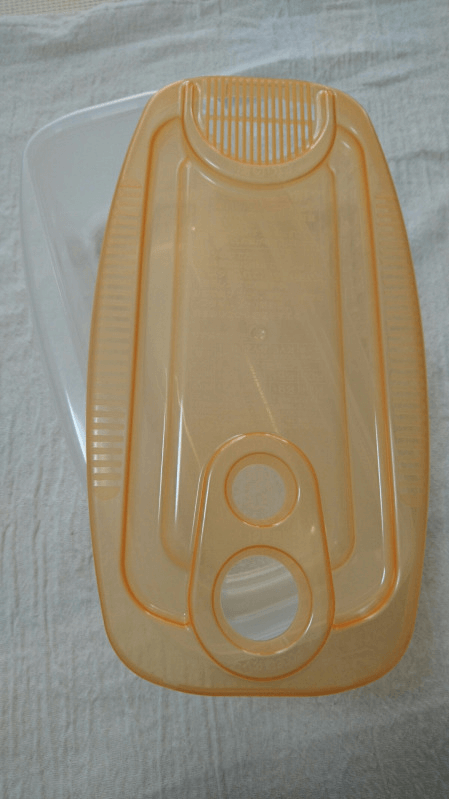
Ebisu’s “Pasta in the Microwave” allows you to boil and drain noodles in the microwave without using a pot, making cleanup a breeze! This Tupperware is also convenient because it has lightweight holes for pasta. It’s so easy to boil that you won’t believe it was made in a microwave oven, and it’s also popular in family sizes for large families.
What Should I do If I Heat a Tupperware in the Microwave and the Lid doesn’t Open?
When you heat a Tupperware in the microwave, you may find that the lid does not open! The reason is that the air pressure inside the Tupperware drops when it cools down after heating. To solve this problem, boil the Tupperware in hot water or reheat it in a microwave oven, and it will be easier to open the lid. You can also try inserting a thin object between the Tupperware and the lid to create a gap between the Tupperware and the lid.
My Tupperware got deformed when I heated it in the microwave! How can I fix it?
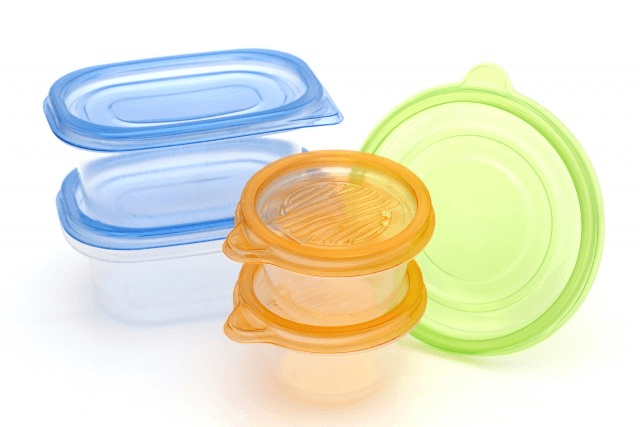
If the lid or body of the Tupperware is deformed in the microwave, it would be a shame to throw it away immediately. There is a way to deal with such cases. Fill the container that holds the Tupperware with hot water (about 40 degrees Celsius), heat the body and lid, and wait until the water cools down. If it doesn’t come back, try the same process again at a higher temperature, and it may come back. Some Tupperware is made of materials that cannot be used for this purpose, so be sure to check beforehand.
Conclusion
Tupperware is very convenient for storing, heating, and freezing food. Recently, there have been many recipes using microwave ovens and Tupperware for shortening the cooking time, and the use of this item is becoming more and more widespread. To use them safely, I would like to enjoy various kinds of cooking while using the special Tupperware in the right way.
